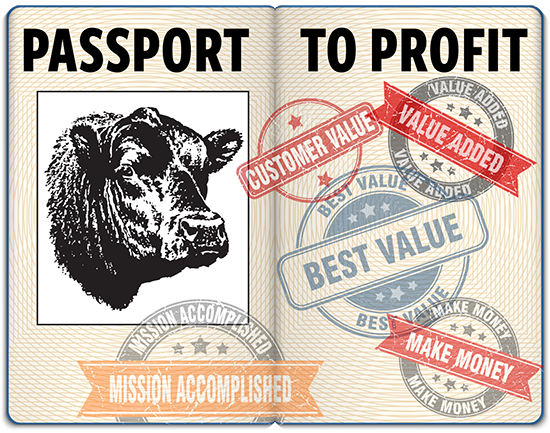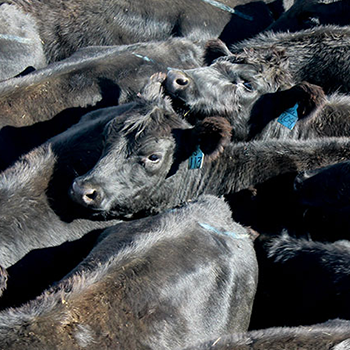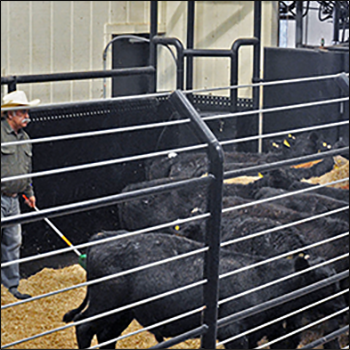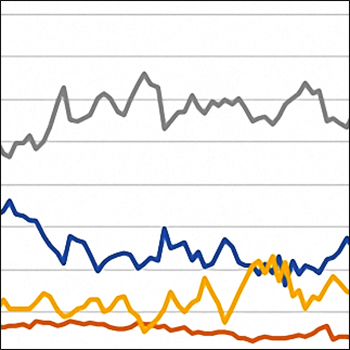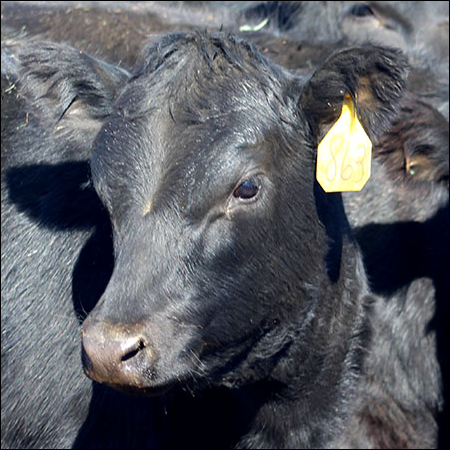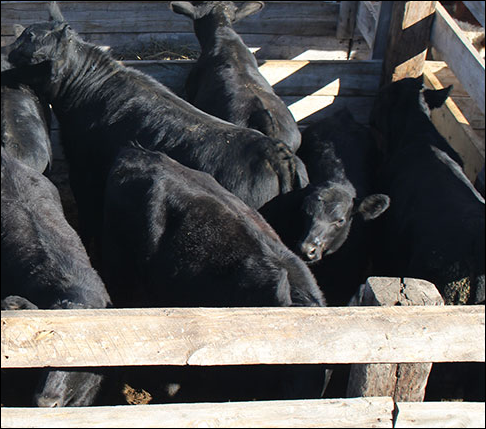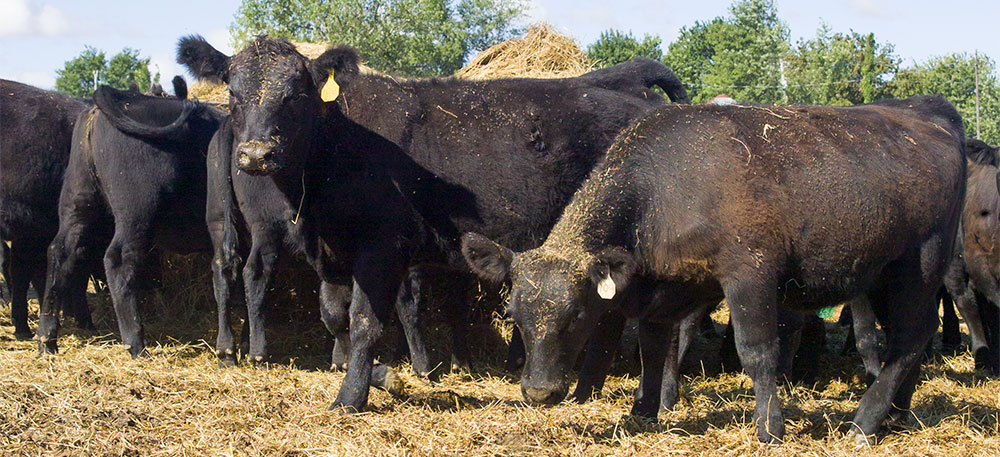
Hay Tests Worth the Cost
Without forage test, hay by any other name is just hay.
Mature hay is hay. It may be brome hay, prairie hay or any other type of hay. In the end, it’s just hay until it’s been tested.
Forage tests tell the tale of whether hay is of good quality and nutrient-rich, says University of Missouri (MU) Extension Livestock Specialist Gene Schmitz.
Nutrient content of hay, haylage or silage directly relates to its stage of maturity at harvest. As plants mature, they lose digestibility and nutrients.
“This is true across all plant species,” Schmitz says.
A hay test sifts the good from the bad and tells the buyer what the eye cannot. At a minimum, forage tests measure moisture, crude protein (CP) and acid detergent fiber (ADF). With this information, the energy value or total digestible nutrient (TDN) value can be determined.
Forage tests run about $20-$30. Schmitz says they are worth the cost.
“For many years, I’ve summarized forage quality values from the forage tests I receive in my office,” Schmitz says. “Extreme variation is always present.”
Schmitz points to hay test data from 2018 to illustrate this point.
“For cool-season grass hay samples, the average crude protein content was 11.5%. That is really good, but the range was 6.5% to 19.9%,” he explains. “For TDN, the average was 54%, but the range was from 47% to 67%. With those extremes, average or even book values really become meaningless numbers.”
Hay tests help producers develop cost-effective feeding programs to meet animal production and performance goals. A minimal investment in hay testing allows producers to manage feed costs that directly affect the bottom line.
Editor’s note: Linda Geist is a writer for MU Extension. An MU Extension forage resource is available at extension.missouri.edu/programs/nrcs-mu-grasslands-project. Photo by Shauna Hermel.
